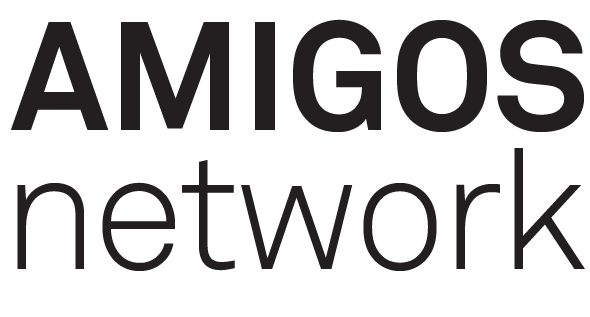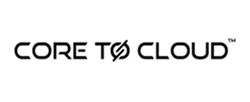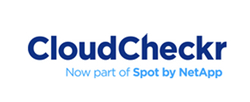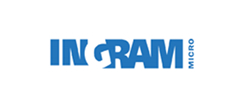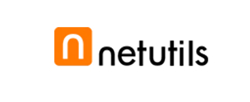Sunday, December 22, 2024 by Shelley Hirst
When a trusted contact and senior sales professional proclaimed "lead generation" amounts to dirty words in sales land, it‘s obvious there are much broader and more significant strategic considerations needed when planning marketing and sales budgets.
Whether net new or renewals, community-led marketing is the glue that holds both strategic and tactical approaches together.
I’d now like you to consider how a community-based marketing approach supports Consensus and Account-Based Marketing (ABM) strategies to create demand and sales action, whilst also retaining the ability to manage more tactical ambitions. For now, go with it and don’t think about all the complexities in getting it all right.
Recognising buyer behaviour has evolved
Understanding the evolution of buyer behaviour is fundamental. It’s widely recognised that today's IT & Security buying process usually involves multiple stakeholders who have different priorities, preferences and decision-making criteria. It acknowledges that a successful sale is not solely dependent on convincing a single decision-maker, but on aligning the perspectives and requirements of the entire buying group.
Getting the PO
It makes sense that you know who’s likely to be involved in a purchase decision early on and warm them all up together, particularly as it’s likely a deal will be delayed or halted entirely by the addition of new influencers just as you think you’re getting close to that elusive PO.
Talking the talk
Many marketing and sales professionals talk the Account Based Marketing (ABM) talk, but it’s often applied way too late in the process or as an entirely separate, sales-focused initiative. Now, there’s also the increasingly popular term ‘Consensus Selling’ that’s appearing in strategic vocabulary that’s very similar to ABM.
Firstly, here’s a couple of brief definitions to clarify these terms.
1. Consensus Selling
According to an article in the Harvard Business Review the consensus sale is built on three pillars:
1) understanding the buying process,
2) mapping the buying committee,
3) tailoring the sales approach and messaging for the different personas.
Only by fully understanding the dynamics of the buying process and identifying the key decision makers and influencers involved can marketing customise their strategies to appeal to individual interests, whilst also addressing collective concerns. This is 100% the role of marketing.
2. ABM
ABM is a strategic B2B marketing approach that involves the targeting and engagement of specific accounts or companies, rather than focusing on broad market segments. It focuses on personalised marketing strategies and sales tactics directed towards specific target accounts.
Arguably, this is also a marketing job that makes Consensus Selling and ABM similar in actions. However, most ABM activity is only implemented at the sales stage when a contact in an organisation is showing interest and the sales team tries to find out who else they can influence.
This is too late. Planning ABM strategies should be part of the marketing process, rather than leaving it to the point of sales engagement.
Communities - the glue that makes it all possible
By building a community around a particular product, service or industry, community-based marketing provides a platform for decision-makers and influencers to interact with highly targeted content which they share in common with their peers.
Establishing communities tailored to individual target accounts can create a dedicated space, allowing sellers to nurture relationships and provide specific content that will resonate with those specific accounts.
Content-driven engagement techniques: Communities use content ‘with purpose’, designed to build relationships and trust, and drive audience interaction and engagement. They allow sellers to see how buyers are engaging with their products and services over time so they know when the time is right to engagedirectly.
Managed interactions: Communities manage interactions between buyers and sellers which progress through a structured, intent-based funnel informed by pre-defined intent markers based on the individual buyer stakeholder’s interest.
Combining visibility and intelligence: Information is gathered on individual buyer journeys and compiled in Account-Based structures, so sales have a full picture of engagement for them to start a meaningful conversation.
Active B2B buyer communities: More than 70K senior IT and security professionals in the UK and EMEA currently engage regularly in our communities, looking for all sorts of products and services. Depending on where they are in their decision-making journey, we provide them with the information that matters to them.
Partners come too: Because channel partners help many vendors with scaling to market, we have a thriving channel partner community sitting in both environments. This is the perfect way to engage with them if recruitment is part of your strategy.
Sounds interesting, but also a lot of work?
Budgeting and resourcing community-based programmes in-house can be prohibitive if you want to commit to this approach. Often, it’s a complete shift in traditional ways of doing things, making it difficult to justify to the leadership team or budget holders.
The good news is, we’re already doing it so you don’t have to!
Whether you need to:
- Communicate to all the buyer stakeholders involved in a purchase decision
- Satisfy your sales team’s need for actionable high-intent leads
- Equip and light up your channel to be more prolific dealmakers
- Recruit channel partners
Communities are just one essential component in our plug-and-play solution. Available as a complete GTM or to complement your existing marketing and sales activities, it comes with SLAs and performance guarantees.
Never lose sight of a lead
Book some time for a live demonstration of how a Community-led demand creation or partner recruitment programme can deliver the guaranteed results you deserve for your investment.
Frequently Asked Questions
Market Activation identifies in-market buyers (via intent data, behavioural signals) and immediately engages them with tailored outreach (nurture tracks, one-to-one advisor sessions, community invites).
Demand Engine: Targeted outreach (email, ads, sponsorships) that scores clicks → qualified leads → sales-ready appointments.
Performance Dashboard: Real-time visibility into open rates, CTOR, CPL and lead progression via our online sales portal.
Content Amplification: Thought leadership shared in The Amigos Network drives deeper engagement and social proof.
Peer Validation: Prospects get candid feedback from peers on your solutions, shortening the evaluation cycle.
Pipeline Catalysis: Warm introductions and referral paths within the community fuel high- intent conversations.
- Top-of-Funnel: Build credibility through community content and events.
- Mid-Funnel: Leverage peer case studies, expert Q&As, and live demos to answer deep technical questions.
- Bottom-of-Funnel: Invite high-intent members to advisory councils or private 1:1 sessions, often the final nudge before purchase.
- Interesting content: We originate, curate, and syndicate different types of content we know our audiences want to engage with and tell them it’s there.
- Sponsored content: We use sponsored content to drive engagement with individual brands.
- Promotion: We promote that content via multiple channels such as email, social media, YouTube, and so on.
- Identification: We ingest company-level engagement signals and combine it with known contacts that may be researching key topics.
- Segmentation: Members are bucketed by level of intent (high, medium, low) plus ICP fit and company size.
- Activation: High-intent members receive prioritised community invitations (events, focus groups, product deep-dives) to accelerate deals.
- Purchased data highlights who’s in-market.
- Community engagement reveals what questions they’re asking, so your nurture can be hyper-relevant.
- Result: A 2–3× lift in meeting acceptance and pipeline velocity vs. cold outreach alone.
- Marketing owns the nurture tracks, community invites, educational content, and event promos.
- Sales intervenes only at “high-intent + active community engagement” thresholds, with account-specific demos and peer introductions.
- Outcome: Fewer wasted calls and a higher win rate on truly qualified opportunities.
- Engagement Metrics: Community log-ins, event attendance, content downloads.
- Intent Conversion: % of intent-scored members who join private roundtables or request demos.
- Pipeline Velocity: Time from first community touch to opportunity creation.
- Revenue Impact: Contribution of community-sourced deals to overall bookings.
- Average Weekly Open Rate: 40%
- Average Weekly Click-to-Open Rate: 70%
- Average Cost-per-Lead: £45
- Minimum ROI: 500%
- Average Dwell Times: 1 minute 45 seconds
